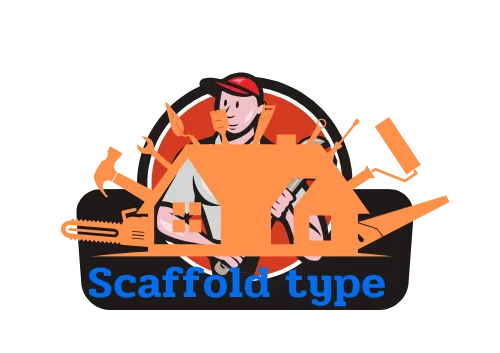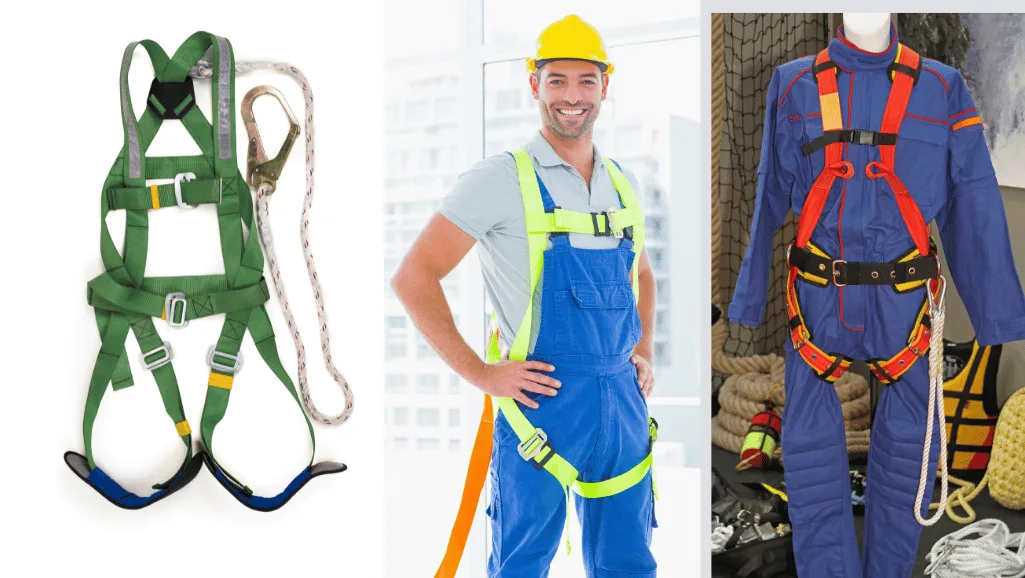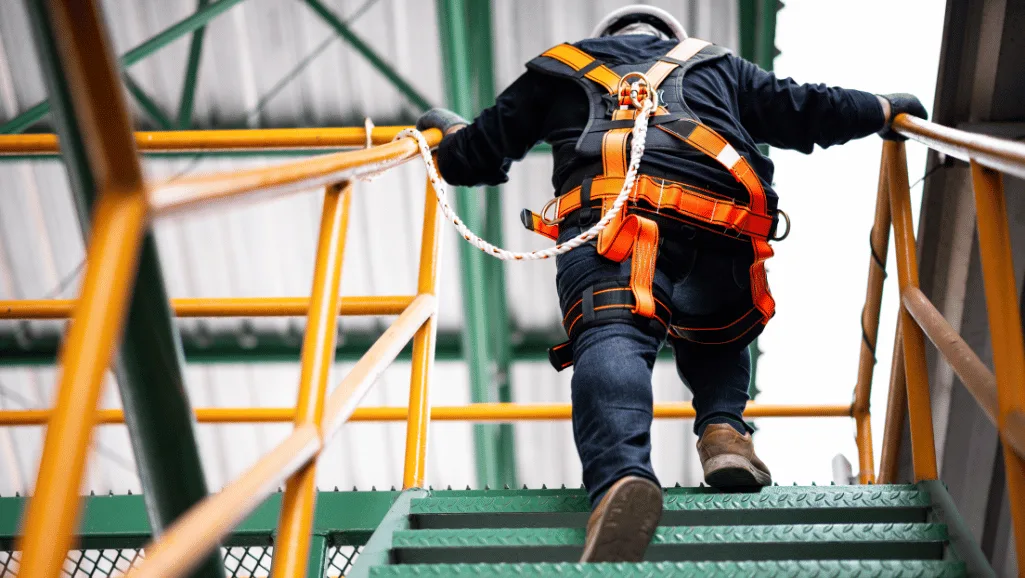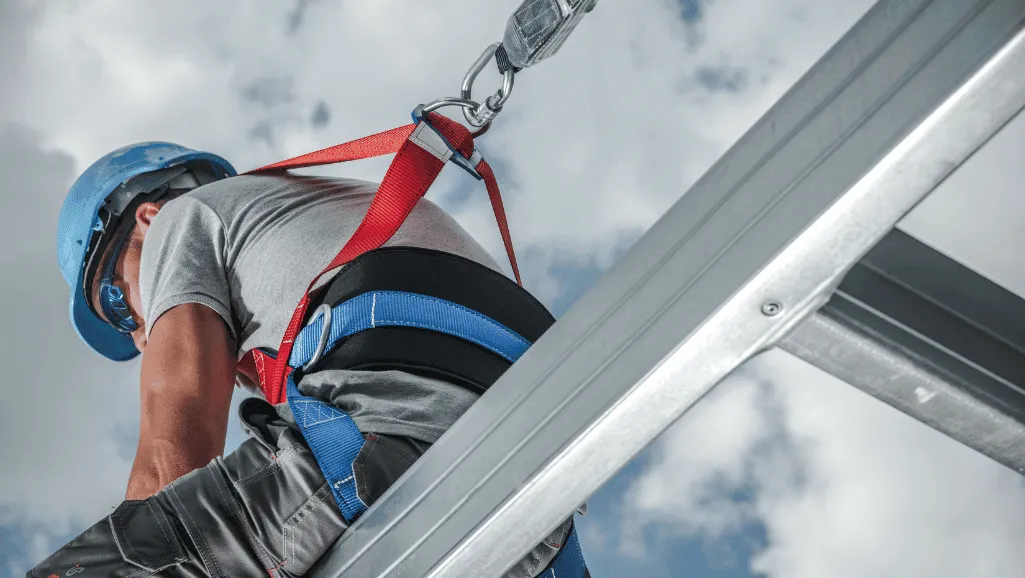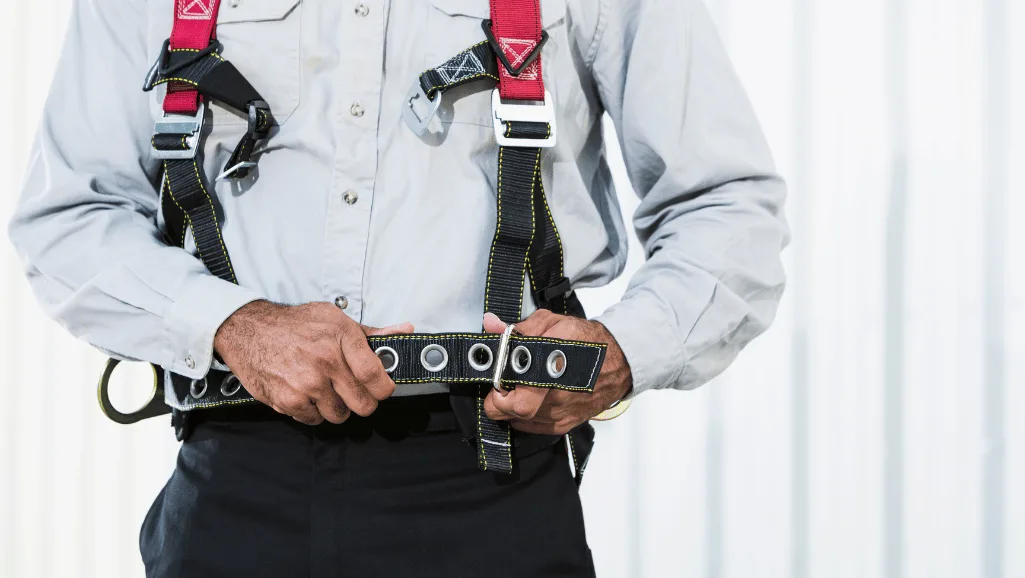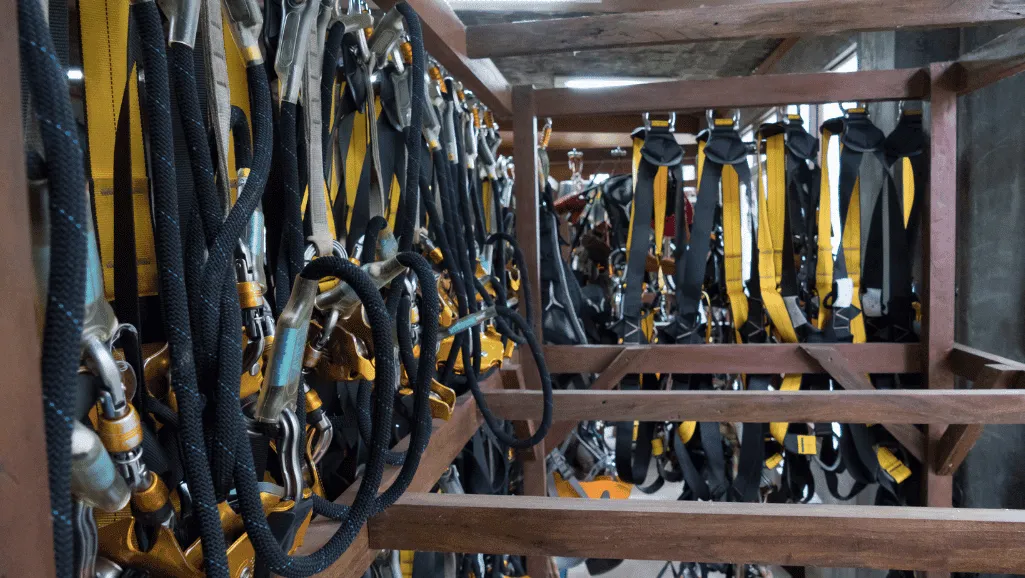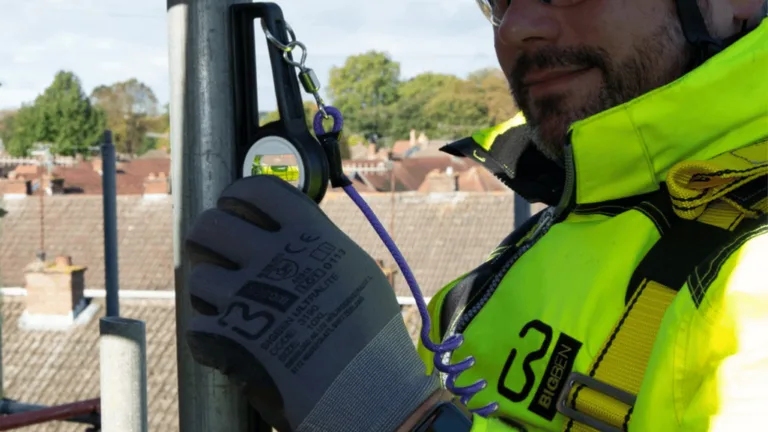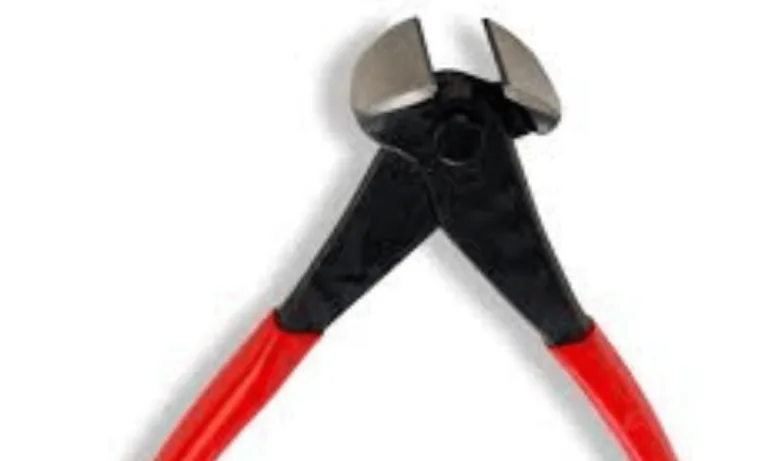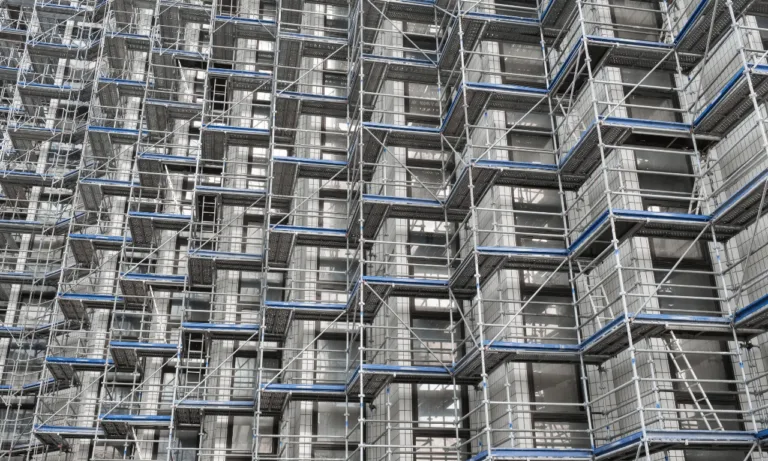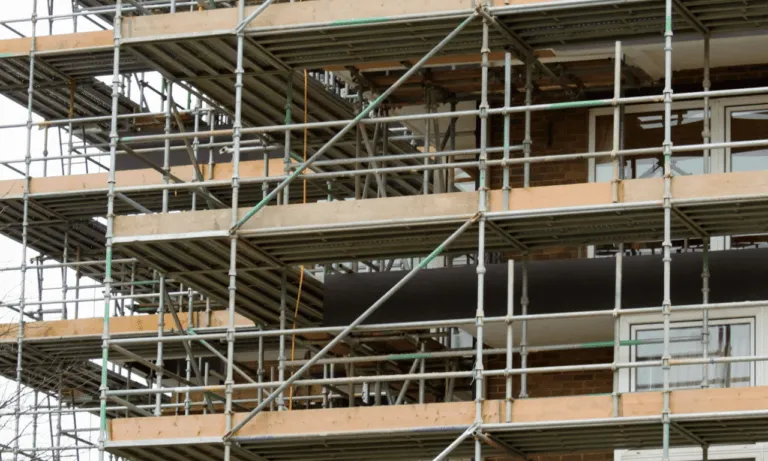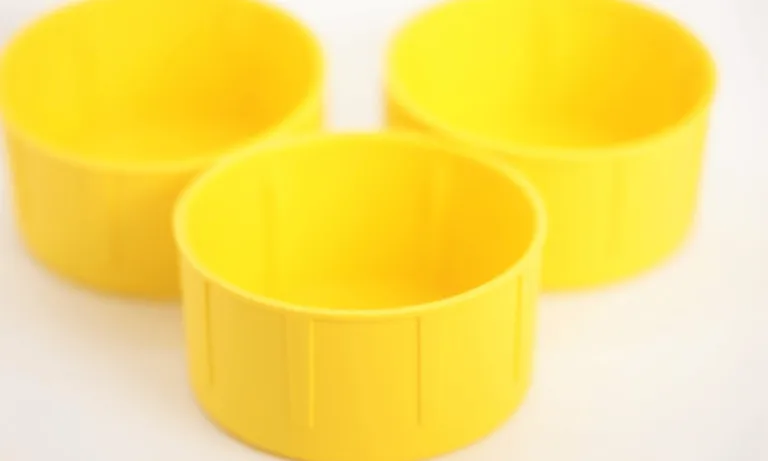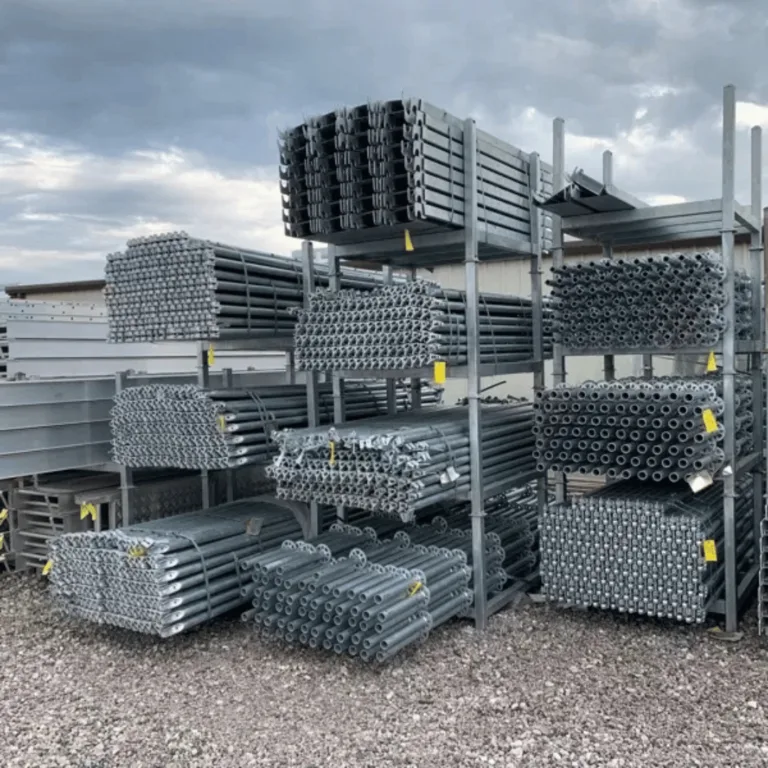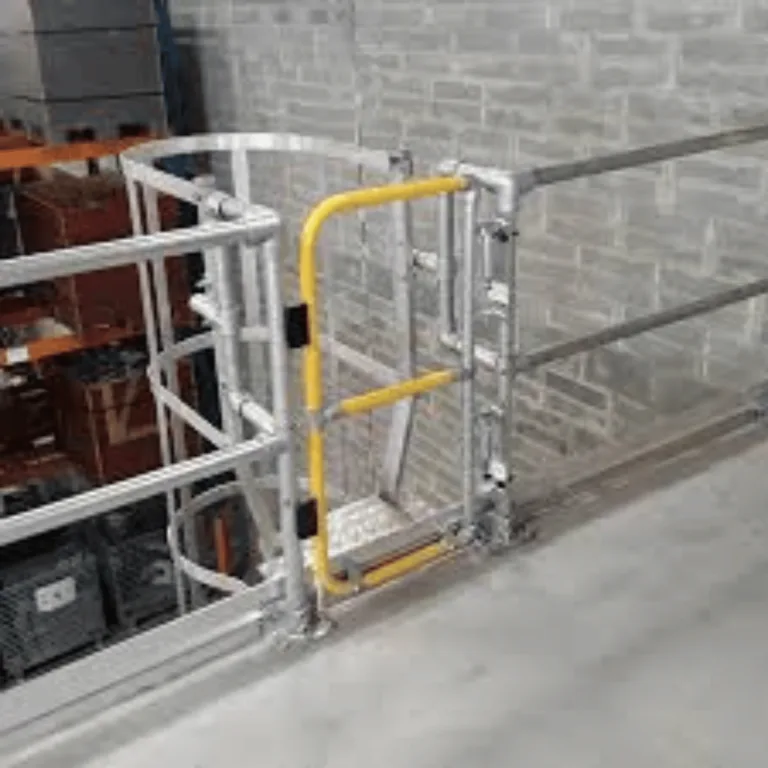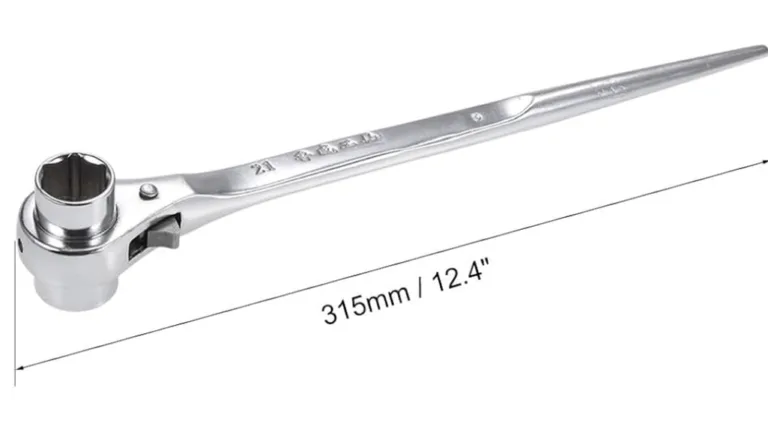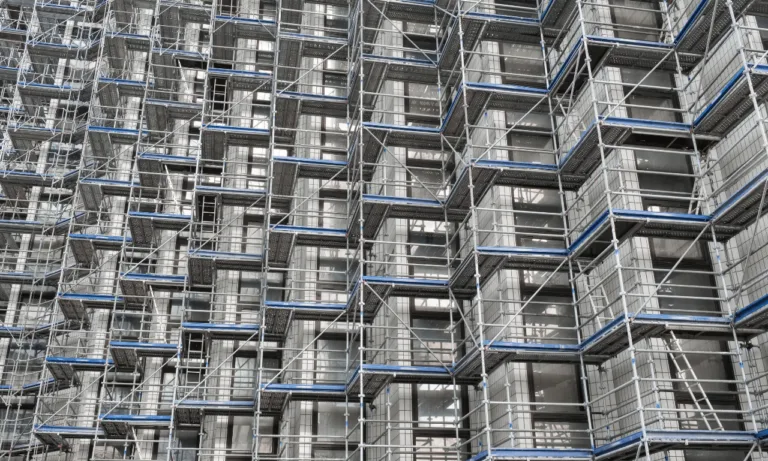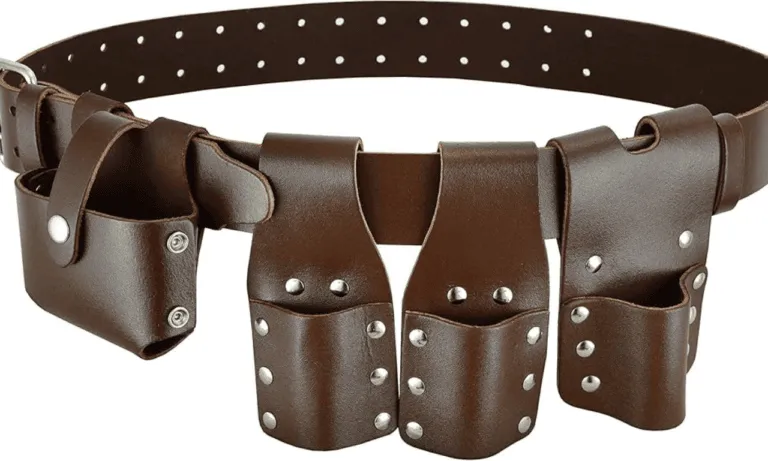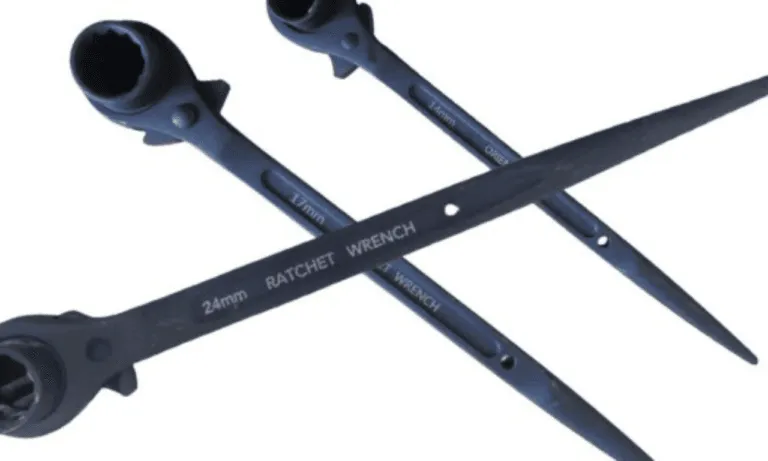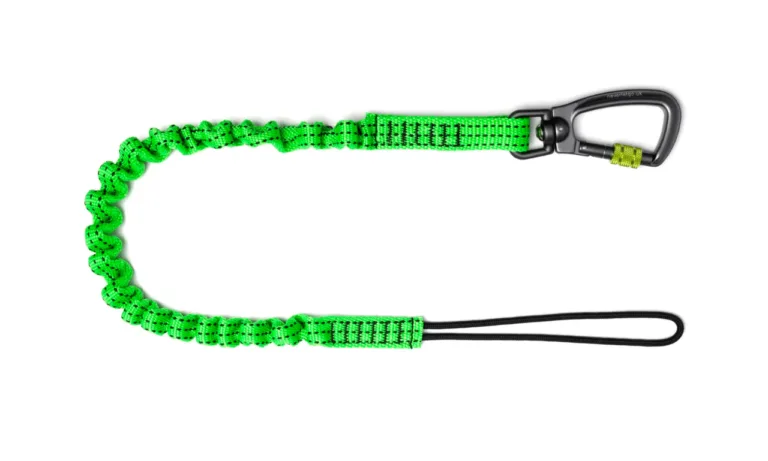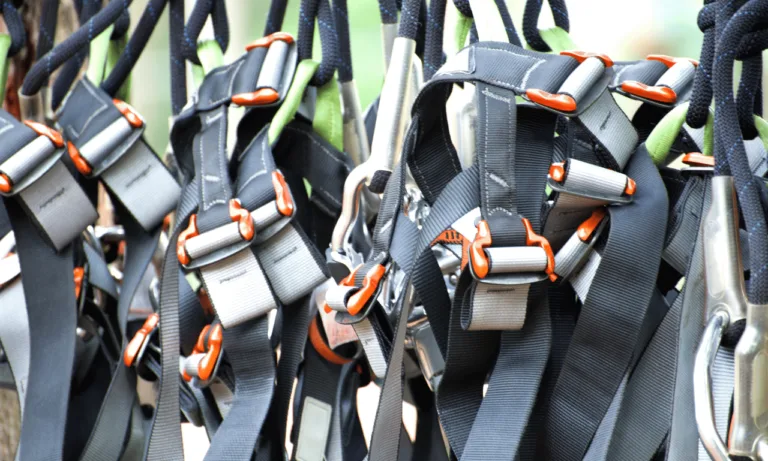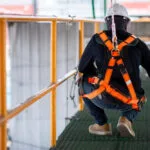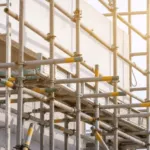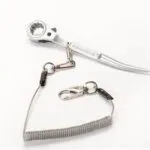Phone:
(+65)8319-0742
Safety harnesses are key in workplace safety. They protect workers at high places. These devices spread out the force of a fall, making injuries less likely.
At construction and industrial sites, safety harnesses are essential. They come in many types for different jobs and dangers. Universal harnesses are flexible, while others are made for specific dangers like arc flash or welding.
Prices for safety harnesses vary from £26 to £485. Top brands like DBI-SALA, Miller, and Guardian offer great gear. They focus on comfort, flexibility, and meeting strict safety rules from OSHA and ANSI.
Key Takeaways
- Safety harnesses distribute fall forces, reducing injury risk
- Various types cater to different work environments
- Prices range from £26 to £485 for quality harnesses
- Leading brands include DBI-SALA, Miller, and Guardian
- Harnesses comply with OSHA and ANSI safety standards
- Comfort and adjustability are key features in modern designs
Understanding Safety Harnesses: Your Lifeline at Heights
Safety harnesses are key for workers at heights. They are part of fall arrest systems that help prevent serious injuries and deaths.
What are safety harnesses?
Safety harnesses are special gear that wraps around a worker’s body. Full body harnesses spread out the force of a fall, reducing injury risk. They are crucial in jobs like construction and maintenance.
Importance of fall protection equipment
Fall protection gear is vital for safety at work. OSHA says falls cause many work deaths and injuries each year. In construction, falls are a top cause of death and serious injury. OSHA rules say workers can’t fall more than 6 feet without safety gear.
Key components of a safety harness
A safety harness has important parts:
- Shoulder straps
- Leg straps
- Chest strap
- D-rings for attachment points
- Adjustable features for proper fit
Safety lanyards link the harness to an anchor, making the fall protection system complete. It’s important to check and maintain all parts for safety.
| Harness Type | Weight Capacity | Application |
|---|---|---|
| ANSI-rated | 130-310 lbs | General use |
| Custom non-ANSI | Up to 410 lbs | Specialized use |
| Construction | Varies | Construction sites |
| Tower climbing | Varies | Telecommunication towers |
“Safety doesn’t happen by accident. It’s a choice we make every day.”
Knowing and using safety harnesses right is key for those working at heights. Training and following safety rules can save lives in dangerous jobs.
Types of Safety Harnesses for Various Applications
Safety harnesses are made for different needs. They protect workers in many fields and help outdoor lovers. Construction sites often use full-body harnesses to spread out the force of a fall.
Many jobs use one-point and two-point harnesses. For tasks like climbing towers or tending trees, multi-purpose harnesses are handy. Work positioning harnesses add extra support for working high up, making workers safer and more comfortable.
Specialized harnesses include:
- Arc flash harnesses: Flame-resistant for electrical work
- Welder harnesses: Made with heat-resistant materials like Kevlar
- Rescue harnesses: Designed for confined space operations
- HI-VIS harnesses: Enhance visibility in low-light conditions
It’s key to get a harness that fits right for it to work well. OSHA says falls are a big cause of work deaths. So, picking the right harness is vital for safety. Think about the weight limit, what you’ll be doing, and the rules of your industry to pick the best one.
“A well-fitted safety harness can mean the difference between life and death in a fall situation.”
Don’t use safety belts or body belts for fall protection because they’re not safe. Always follow the maker’s advice and pick harnesses that meet the safety standards for your job.
Universal Harnesses: Comfort Meets Versatility
Universal safety harnesses are great for many work settings. They mix comfort with versatility. These harnesses protect you well and keep you comfortable for long hours at heights.
Features of Universal Harnesses
Universal harnesses have lots of features for better function and comfort. For example, the Ironwear 2126 Full Body Harness has many D-rings for different attachments. The Safewaze Pro+ Slate Harness is light but strong, with 3 aluminum D-rings.
Adjustability and Fit
Adjustability is key in universal safety harnesses. They fit a wide range of body sizes. The Safewaze V-Line Harness fits people from 130-310 lbs, making sure it’s secure for most workers.
Comfortable leg and shoulder straps are crucial. They often have quick-adjust buckles for easy fit changes.
Breathability and Moisture Control
Modern universal harnesses focus on keeping you cool and dry. They use moisture-wicking materials and ventilated padding. The PRO+ Harness has shoulder pads for extra comfort and support.
| Harness Model | Weight Capacity | Key Features |
|---|---|---|
| Safewaze Pro+ Slate | ANSI 130-310 lbs, OSHA up to 420 lbs | 3 Aluminum D-Rings, Lightweight Construction |
| 3M DBI-Sala X200 | 420 lbs | Vest-style, High Weight Limit |
| KStrong Elite 5-Point | Not specified | Adjustable Straps, High-quality Polyester Webbing |
Specialized Harnesses for Hazardous Environments
Working in dangerous places needs special safety gear. Flame retardant harnesses are key for those in extreme conditions. They protect against specific dangers and keep workers comfortable and able to move.
Arc Flash Harnesses
Electrical safety harnesses for arc flash protection protect workers from electric arcs and blasts. They use flame-resistant materials to handle high heat and stop ignition.
Welder Harnesses
Welder harnesses are made with heat-resistant materials like Kevlar. They have non-conductive connectors to stop electrical conductivity. These harnesses protect against sparks and high heat found in welding.
Construction Harnesses
Construction safety devices, like special harnesses, meet the needs of building sites. These harnesses often have:
- Back pads for long comfort
- Tool loops for easy gear access
- Lightweight anchor systems for better mobility
The PHOENIX Professional Rescue Harness shows what specialized harnesses offer:
| Feature | Specification |
|---|---|
| Price | £213.70 + VAT |
| Sizes | Standard and Large |
| Weight | 1.25 kg |
| Conformity Standards | EN 361, EN 1497 |
| Mass Test Weight | 150 kg |
| Origin | UK |
Safewaze leads in fall protection gear. Their Arc Flash Internal Energy Absorbing Lanyards are made for dangerous places, fighting flames and heat. They focus on innovation, giving workers top-notch safety harnesses for different industries.
Safety Harnesses for Specific Industries
Different industries need special industrial safety gear to keep workers safe. There are over 532 safety harness products out there. Companies can find the right one for their needs, whether it’s for construction, manufacturing, or other jobs.
The construction industry uses the most harnesses, with 16 out of 19 types. Infrastructure projects use all 19 types. The energy sector uses one special harness. Entertainment and overhead crane industries use three and four types, respectively.
There are many materials for safety harnesses, depending on the job. D-rings can be made of steel, aluminum, or stainless steel that resists corrosion. Some harnesses have Kevlar or PVC-coated steel for extra toughness. You can find vest-style, arc-flash rated, hot work, and liquid-repellent harnesses.
Climbing and rappelling harnesses are key for workers in risky jobs. They come with comfort padding, high-visibility vests, and belts. Prices for these harnesses range from $161 to $589, depending on how complex they are.
| Industry | Harness Types Used | Key Features |
|---|---|---|
| Construction | 16 | Sturdy design, universal wearability |
| Infrastructure | 19 | Versatile options, environmental resistance |
| Entertainment | 3 | Comfort padding, high visibility |
| Overhead Cranes | 4 | Fall arrest attachment, load-bearing capacity |
When picking a safety harness, think about what your job needs, the environment you work in, and how comfortable it is. Most harnesses fit most people, with 12 out of 19 offering a one-size-fits-all option. XL sizes are the most common, found in 18 different harness types.
Choosing the Right Safety Harness: Factors to Consider
Choosing the right safety harness is key for preventing falls at work. The right harness must meet safety and comfort needs for workers.
Job Requirements and Work Environment
Every industry has its own fall protection needs. Construction workers might need harnesses with extra padding. Electrical workers require harnesses that protect against arc flashes. It’s important to know your work environment to pick the right harness.
Harness Size and Fit
A harness that fits well is crucial for safety. The right size ensures it works right in a fall. Features like padding make workers more likely to wear it all day.
Compliance with Safety Standards
Following OSHA rules is a must for safety harnesses. Make sure your harness meets or beats OSHA and ANSI standards. These rules keep safety high in all industries.
| Factor | Importance | Considerations |
|---|---|---|
| Job Requirements | High | Industry-specific hazards, duration of use |
| Size and Fit | Critical | Worker measurements, adjustability |
| Safety Standards | Mandatory | OSHA compliance, ANSI certification |
It’s vital to train workers on how to choose and use harnesses. This training helps them know their gear and use it right. It boosts efforts to prevent falls at work.
Proper Use and Maintenance of Safety Harnesses
Fall arrest safety harnesses are vital for workers who work high up. Taking good care of them makes sure they work right when it matters most. Checking them regularly is crucial for safety and following the rules.
Check safety buckles and straps often for any signs of wear or damage. Clean your harness often to get rid of dirt and things that could weaken it. Proper cleaning methods can make your harness last longer.
Keep harnesses either hanging, flat, or folded neatly to avoid damage. Some harnesses have special indicators to show if a fall has happened, making checks simpler. Always follow the maker’s advice for cleaning, like using warm, soapy water and a damp sponge.
“Regular inspection and cleaning are vital components of an equipment maintenance program.”
How often to check harnesses depends on the maker but usually includes:
- Before each use by the worker
- Monthly by a competent person
- Annually by a certified inspector
Keep track of when the harness was made, bought, or first used to plan inspections well. By doing this, you make sure your fall arrest safety harness stays dependable and works well.
| Maintenance Task | Frequency | Performed By |
|---|---|---|
| Visual Inspection | Before each use | User |
| Detailed Inspection | Monthly | Competent Person |
| Thorough Examination | Annually | Certified Inspector |
| Cleaning | As needed | User or Maintenance Staff |
Top Brands and Products in Safety Harnesses
Several safety harness brands are known for their quality and reliability. They offer a variety of options for different needs and budgets.
Leading Manufacturers
DBI-SALA, Miller, Guardian, French Creek, and Fall Tech are top names in safety harnesses. They are famous for their innovative designs and focus on worker safety. For example, Miller harnesses last 25% longer because of a special Teflon protectant.
Popular Models and Their Features
The DBI-SALA Exofit Universal Harness is loved for its comfort. It has an ergonomic design with padding. Guardian’s Velocity Universal Harness is great for its price and safety, with adjustable straps and a damage indicator. Titan safety harnesses are known for their durability and versatility, with sliding D-rings and flexible D-ring pads.
Price Ranges and Considerations
Harness prices vary a lot, depending on the features and brand. Basic models are more affordable, but advanced ones with extra features cost more. When looking at harness prices, think about the balance between cost, safety features, and comfort.
| Brand | Model | Key Features | Price Range |
|---|---|---|---|
| DBI-SALA | Exofit Universal | Ergonomic design, padding | High |
| Guardian | Velocity Universal | Adjustable straps, damage indicator | Medium |
| Titan | Standard | Sliding D-rings, flexible pads | Low to Medium |
| Miller | Revolution | Teflon protection, extended life | Medium to High |
While price matters, it’s not the only thing to think about. Always choose a harness that can protect you well in your work setting.
Conclusion
Safety harnesses are key for keeping workers safe at heights. They are a must-have for many jobs. The Occupational Safety and Health Administration (OSHA) says workers must use full body harnesses with lanyards or lifelines to prevent falls.
Choosing the right safety harness means looking at the job needs, making sure it fits well, and following safety rules. There are different types for construction, rescue, industry, and sports. It’s important to check the D-ring is in the right spot and the harness fits well.
Studies have made harnesses better and safer. They use special devices and technology to test and improve harnesses. This makes them more comfortable and safe for users. With the right training and certification for workers, jobs become safer.
By picking, using, and looking after safety harnesses right, companies can cut down on accidents. This keeps their workers safe and sound.
